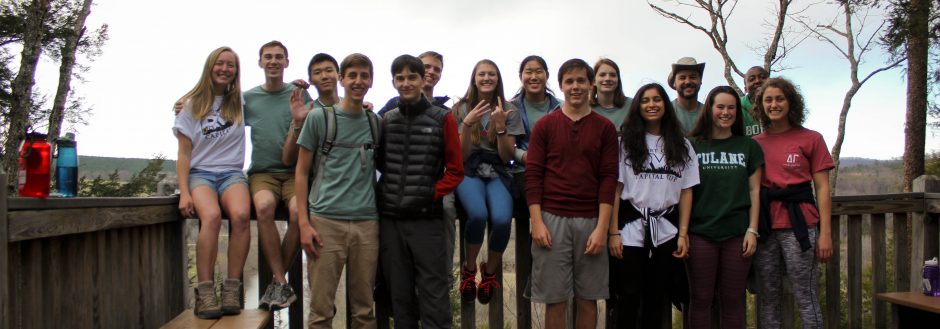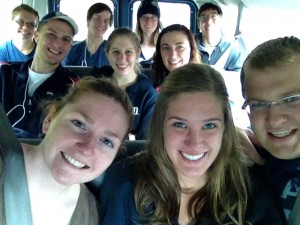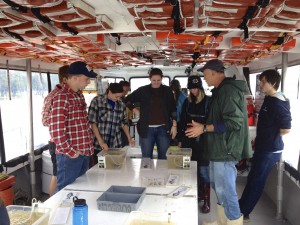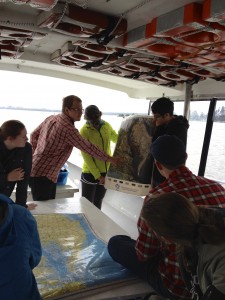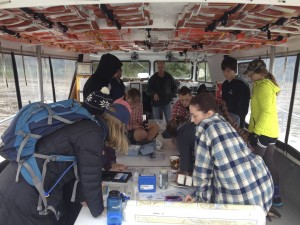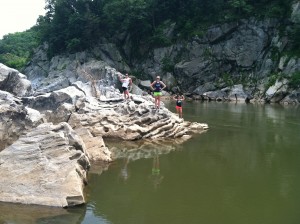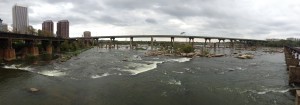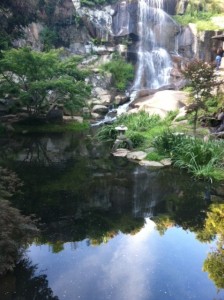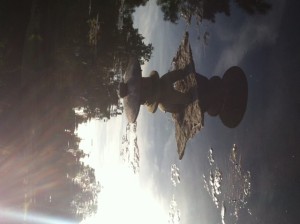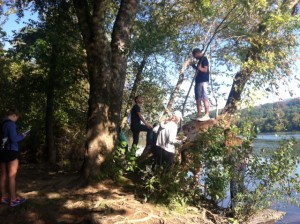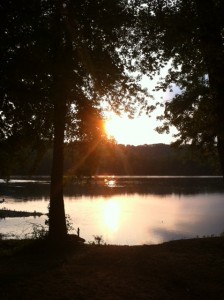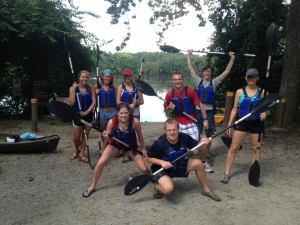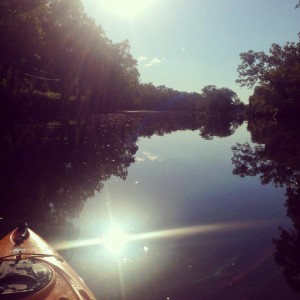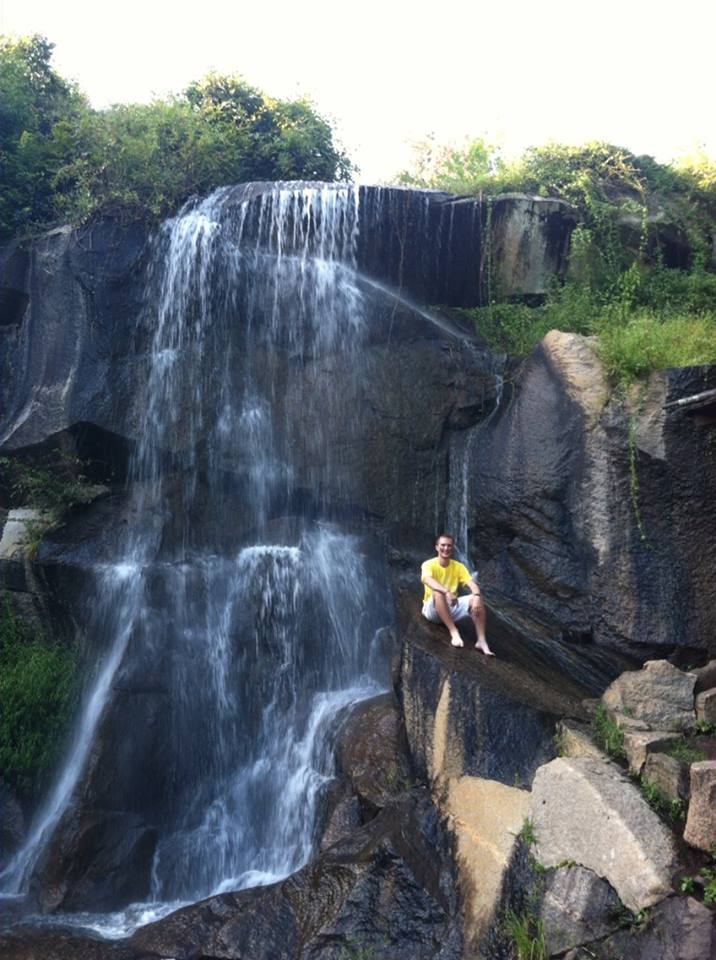Though I have lived near the Potomac all my life, I have realized recently how very little I knew about this river’s health. I had always known that these areas were polluted, but not what “polluted” really meant in terms of consequences for us and the environment. Growing up I have come to understand this. On this trip we learned a lot about the health of the Potomac. With this information, I have enhanced my understanding of watershed health and can now compare this river to the James. While on our trip, we compiled a lot of data on all aspects of the Potomac River’s health. Without the same data for the James, I can compare only with my observations.
My family always went to these events called “wade-ins” when I was younger, where you would walk into the water and see how far you could go while still seeing your feet. It was never very far. So when we tested the water turbidity of the Potomac, I wasn’t surprised to see how bad it was. What struck me was the recommended turbidity, 180 cm of visibility. Never in my life have I seen water that clear; it never occurred to me that the waters I was seeing were supposed to be that clear.
The cloudiness of the water comes from algal blooms (due to high Nitrogen and Phosphorus levels), as well as too many sediments in the water. This is also a huge problem for the James River; it is know as a particularly silty river. More similarities can be found in the sources of this high turbidity. These include agricultural runoff and atmospheric deposition. Comparing the two rivers, I would say that the James is clearer; it is definitely more blue and less brown/green.
One of the huge issues we addressed was the danger many Potomac River species are in, and what is being done to help. Oysters in the Potomac are at 2% their historic levels, and crabs are at an all time low. On each trip we went on, we trolled the waters and got very little biodiversity in the Potomac. These problems are being addressed in the area mainly by legal regulations that restrict the fishing of these animals, or attempt to monitor the health of the water. On the James, measures are being put in place to aid fish populations. Many dams were made on the James, and now enhancements such as fish ladders are being added to increase the available territory for fish such as sturgeon.
One telling factor of the poor health of the water was how badly all of our clothing smelled after getting soaked in Potomac water. Luckily the James does not share this foul odor of our frequent class trips would be very unpleasant. Additionally, the Potomac River watershed proportionally contains more people than the James watershed. By this alone, the Potomac is likely to be more unhealthy, as with more people comes more impervious surfaces, waste, and runoff.
Looking online, I found that the Potomac River has been given a D rating, while the James has been given a C. My suspicions were confirmed, however, I realize that it does not really matter, because both rivers are extremely unhealthy. The issues in these watersheds are very similar and very fixable. Both of these bodies of water deserve our attention; without it, they will continue to decline. (http://www.wjla.com/articles/2011/11/potomac-conservancy-gives-potomac-river-a-d-grade-on-health-69016.html; http://www.questia.com/library/1G1-164812866/james-river-health-rated-at-c)
